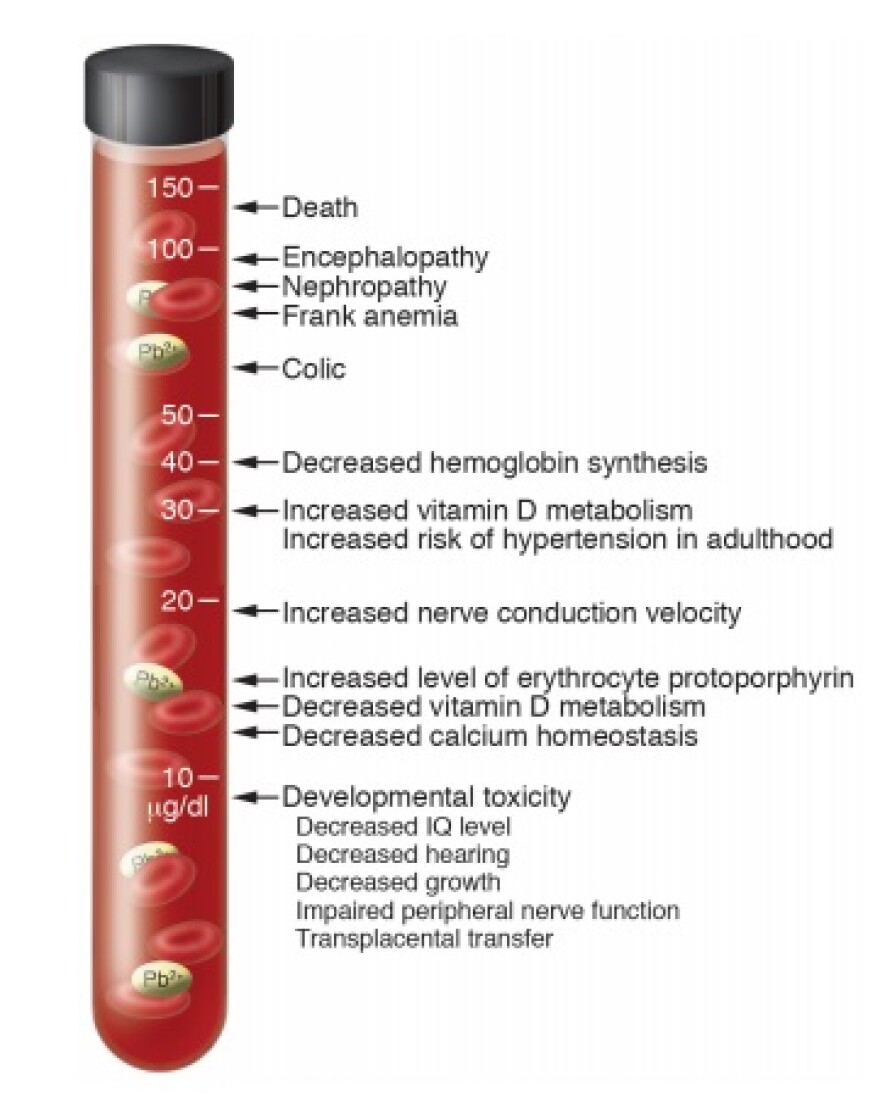Texas received an F when it comes to lead levels in drinking water at schools, according to the Texas Public Interest Research Group and Environment Texas Research and Policy Center. That was the same grade it got in 2017. Texas was among 22 states that received the failing grade.
TexPIRG and Environment Texas claimed that 71 percent of Texas schools tested had lead in water above 1 part per billion.

The EPA has set the maximum allowable concentration of lead in public drinking water at 15 parts per billion, but any amount of lead in water presents a risk to children.
It can cause seizures, behavioral problems, brain damage, and can lower IQ.
Even low levels of lead exposure have been linked to damage to the central and peripheral nervous system, learning disabilities, shorter stature, impaired hearing, and impaired formation and function of blood cells.
In fact, the EPA says lead is the most serious environmental health hazard for children under 6 years old in the United States.
The two environmental watchdog groups said some of the highest lead levels were found in two Houston schools. The High School for the Performing and Visual Arts found lead at 95.6 parts per billion. Edison Middle School found lead at 466 parts per billion.

There are no federal or state law on the books that require Texas schools to do anything about high lead levels in drinking water in schools, but that may change this year.
State Representative James Talarico has filed HB 2998 in the Texas House of Representatives. The bill would require that drinking water in schools and childcare centers contain no more than one part lead per billion. That’s the level at which the American Academy of Pediatrics recommends the government intervene. The bill would also require water utilities to pay to get the lead out of the water.
Bonnie Petrie can be reached at Bonnie@TPR.org and on Twitter at @kbonniepetrie.





